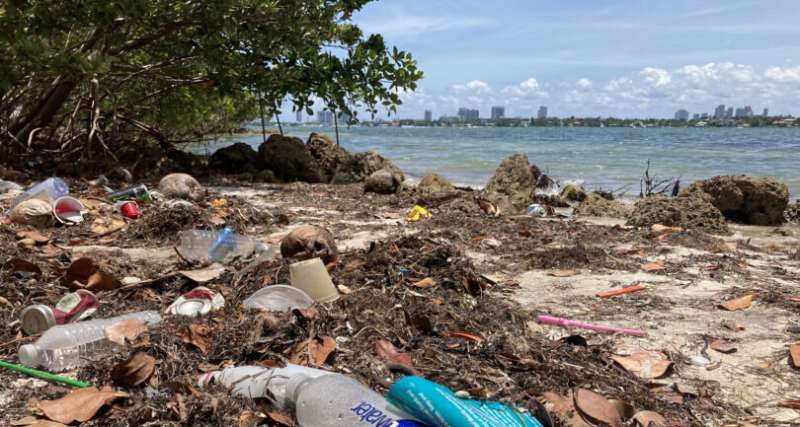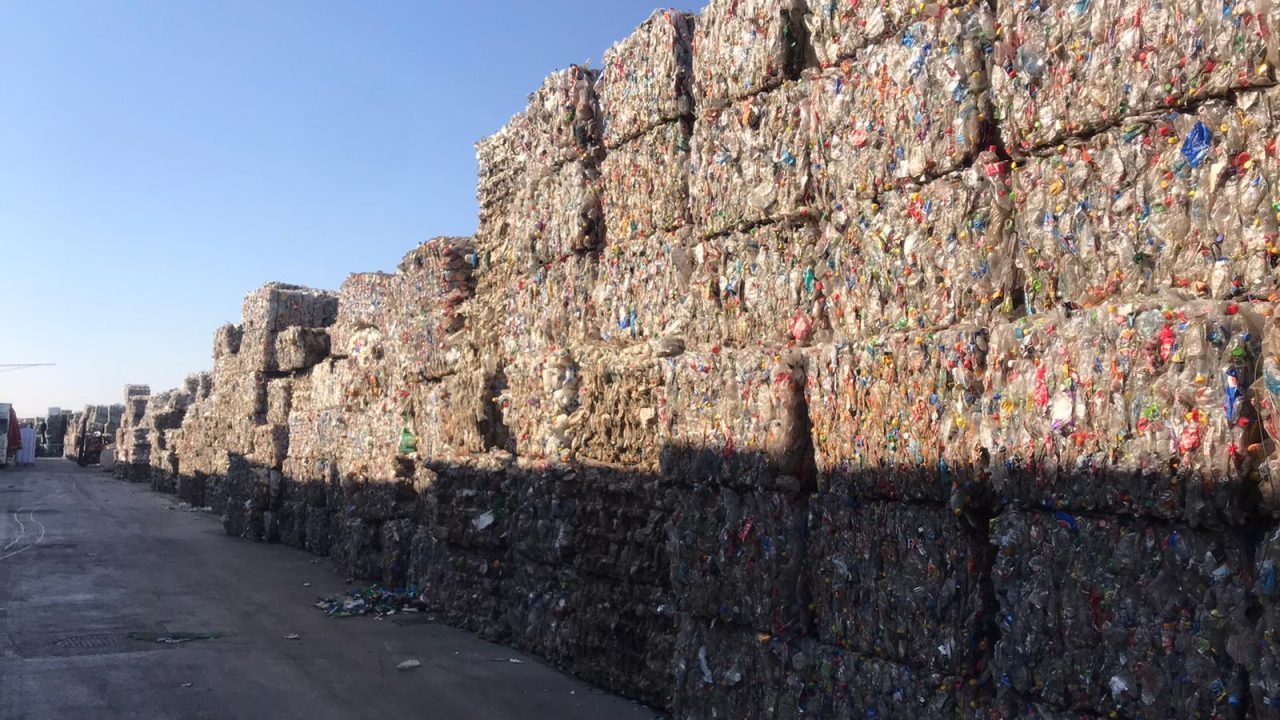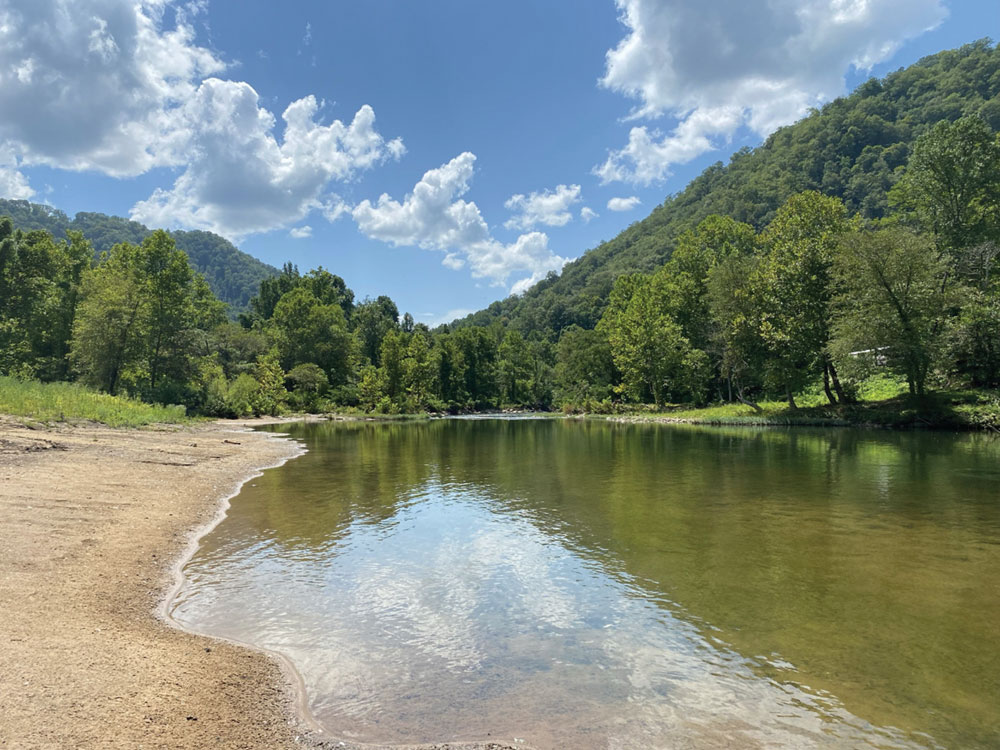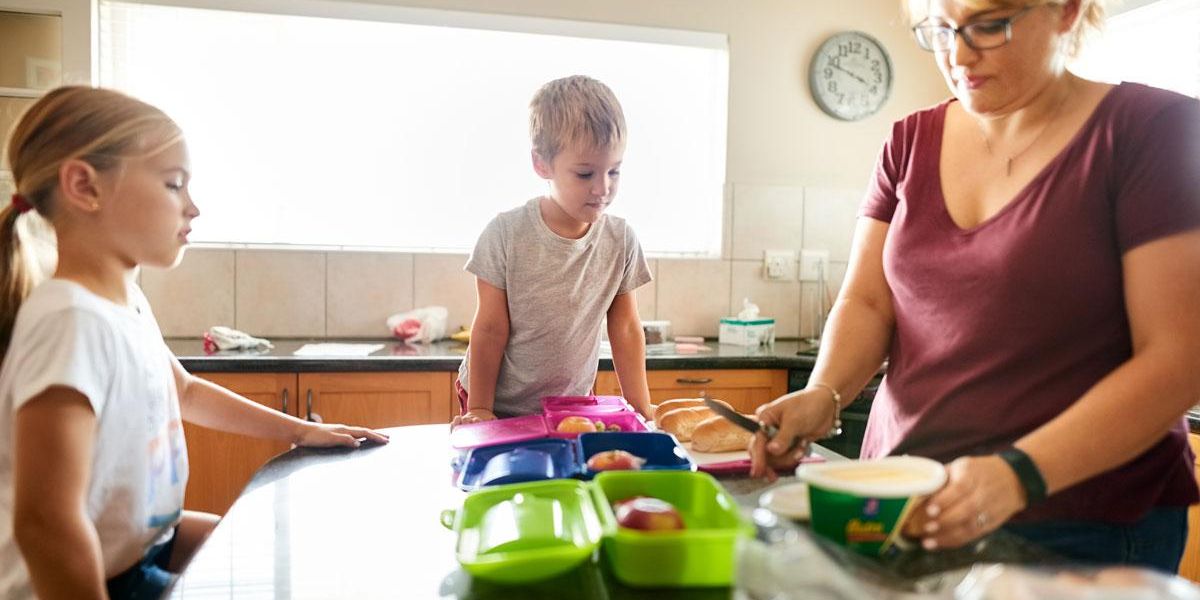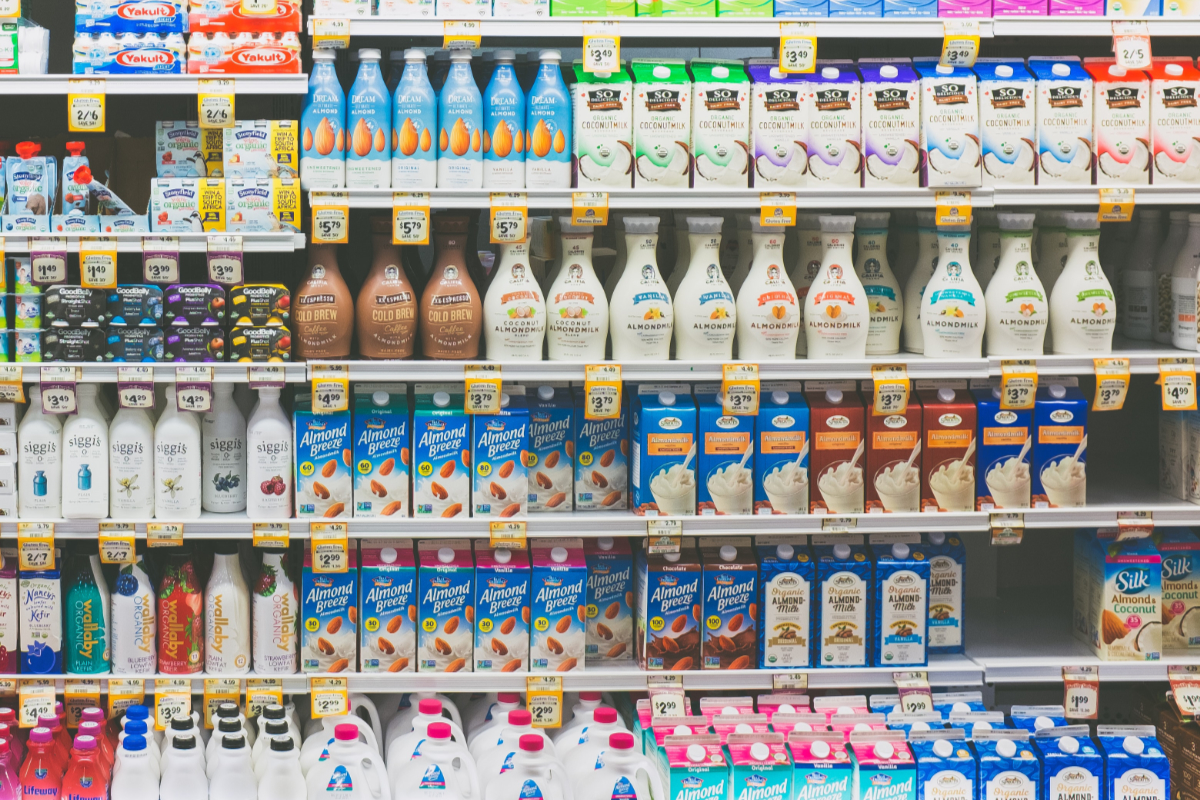But one aspect of its operation remains contentious: the packaging. Like most dairy products in the U.S., Alexandre Family Farm’s milk and yogurt are sold in plastic jugs and containers, to the chagrin of some customers. Most plastic packaging is made from fossil fuels and more than 90 percent of it is not recycled. Instead, it fills our landfills, ends up as tiny particles in our soil and our bodies, and more than 8 million tons of it is dumped into oceans annually.As more dairies turn to organic and regenerative practices, consumers are pushing for packaging that eliminates single-use plastics, and dairies like Alexandre are actively looking for new solutions. But, it turns out, there is no simple fix. Switching to glass milk bottles is one approach that has become popular among some consumers, but it comes with the potential for high carbon emissions and logistical challenges. New technologies, including containers made from plants, aren’t yet optimized for holding liquids. And, even if they were, our waste systems can’t process them, meaning most end up in landfills.“We’re not happy to use plastic . . . but there aren’t yet alternative solutions, especially for beverage companies,” said Robert Brewer, Alexandre’s chief operating officer, who has been focused on finding new packaging since he was hired two years ago. “We just can’t continue to put billions of pounds of waste into the ocean and expect to have life on earth.”“We’re not happy to use plastic, but there aren’t yet alternative solutions, especially for beverage companies.”The dairy industry’s pursuit of new packaging also reflects the ongoing debate about whether society’s focus should be on inventing and refining disposable single-use packaging that is compostable or biodegradable or on improving recycling and reinforcing a circular economy that continues to rely on plastic. The makers of plant-based milks (almond, oat, rice, and soy)—many of which are also sold in plastic bottles—face similar conundrums.Retailers, Distributors Refuse Glass Milk Bottles Regardless of how milk is produced, in the U.S. most of it is sold in plastic containers made from virgin high-density polyethylene, also known as HDPE or No. 2 plastic. Nearly two-thirds of milk containers sold in North America are HDPE bottles, followed by cartons (24 percent) and plastic bags (7 percent). In recent years, some dairy companies—including Alexandre Family Farm—are turning to containers made from transparent, sturdy polyethylene terephthalate, which is also known as PET or No. 1 plastic, and commonly used in water bottles.Reba Brindley, a project manager at the University of California, San Francisco, said she gave up on buying Alexandre’s milk specifically because it came in plastic bottles—a choice she finds incompatible with the farm’s other values.“I am impressed by their work and dedication,” Brindley said of Alexandre. “But considering how little plastic is recycled and what an inefficient process it is, I don’t see how they can be held up as an environmental example when they pump out plastic bottles . . . I just can’t handle throwing out a plastic bottle every week.”Brindley switched to milk from the Straus Family Creamery, which comes in reusable glass containers. “There is so much emphasis on recycling when I think we need to move towards reuse and reduce,” said Brindley.Brindley is not alone in believing that glass—once the material of choice for milk bottles—is the dairy industry’s best shot at sustainability. Over the past decade, glass manufacturers have seen a resurgence of glass milk bottles across the U.S., particularly among small dairies and creameries. Some companies offer old-fashioned glass milk delivery to consumers’ doorsteps, while others offer reusable glass bottles that and can be returned to grocery stores, as in the case with Straus.“There is so much emphasis on recycling when I think we need to move towards reuse and reduce.”But while using glass may keep plastic out of landfills, prevent some toxic chemicals from leaching into our milk, and cater to our nostalgia and notions of improved taste and freshness, it’s not a panacea. Each packaging system has environmental impacts that go beyond the issue of solid waste, said Gregory Keoleian, professor and director of the Center for Sustainable Systems at the University of Michigan. Those environmental impacts stem from material production, manufacturing, use, and end-of-life processing and include energy, greenhouse gas emissions, and water use.“There will be tradeoffs with respect to these impacts and also between packaging performance and cost,” Keoleian said.Glass bottles weigh much more than other containers, so they take more energy to transport and result in higher transport-based emissions per volume of packaged milk. Extracting raw materials for new glass is also energy intensive, fueled mainly by natural gas. And only 31 percent of all glass containers are recycled—most end up in landfills, where they will take more 1 million years to decompose. Despite these drawbacks, when Keoleian and his colleagues studied milk packaging systems, they found that glass refillable bottles can outcompete single use containers such as plastic HDPE milk jugs and gable-top cartons with respect to energy and carbon footprints as long as they are reused at least five times—and the savings increases at higher reuse rates.Keoleian’s research also found that refillable plastic bottles—which are not used much today— can have an even lower environmental impact than glass because they can have higher reuse rates. But the most sustainable choice for milk packaging? He says it’s lightweight plastic pouches, which are used mostly in Canada and have a significantly smaller environmental impact than reusable glass or plastic. Aluminum, which is recycled at very high rates, could also serve as a sustainable packaging for milk.But most consumers want traditional bottles, Alexandre’s Brewer said, hence his dairy’s search for an alternative to standard plastic. Brewer was vice-president of sales and distribution for Straus from 2004 to 2008, overseeing its glass bottle reuse system. At the time, a significant number of retailers and distributors were willing to offer glass bottles, Brewer said. Today, it’s difficult to get them into large grocery chains.The system, he adds, is a logistical nightmare. Straus buys the glass bottles, made of approximately 30 percent recycled glass, sanitizes, fills, and counts them. They are then sent to a distributor, who is charged a deposit. The distributor delivers the bottles to retailers who, in turn, are charged another deposit, and retailers then sell the milk to customers, who get charged yet another deposit. The whole process is then repeated backwards, until the used bottles are returned to Straus for sanitizing and refilling. In all, it entails six different accounting steps, Brewer said. In addition, the bottles can break during shipping, increasing costs.So while Straus bottles are reused an average of five times before they are recycled (that number is primarily driven by the consumer return rate, which prior to the pandemic was close to 80 percent, and by ink wearing out on bottle labels), it’s a limited retail niche.“It’s not a bad system, it’s just that we were told clearly by retailers and distributors that they were not willing to do it,” Brewer said. “They told us, ‘If you want to come into our stores, you have to put the milk in plastic bottles.’ So the choice was existential.”A spokesperson from Straus Family Creamery, which has bottled its milk in reusable glass since 1994, told Civil Eats that “it may take longer for some stores to adapt and implement new sustainability programs.” But, the creamery added, the bottle logistics and accounting are not onerous once in place and “when retailers realize that there is demand among their shoppers . . . they are willing to invest time in developing the program with us and our distributor partners.” The creamery’s analysis has shown that its glass reuse program prevents approximately 500,000 pounds of milk containers and plastic out of the landfills each year.



